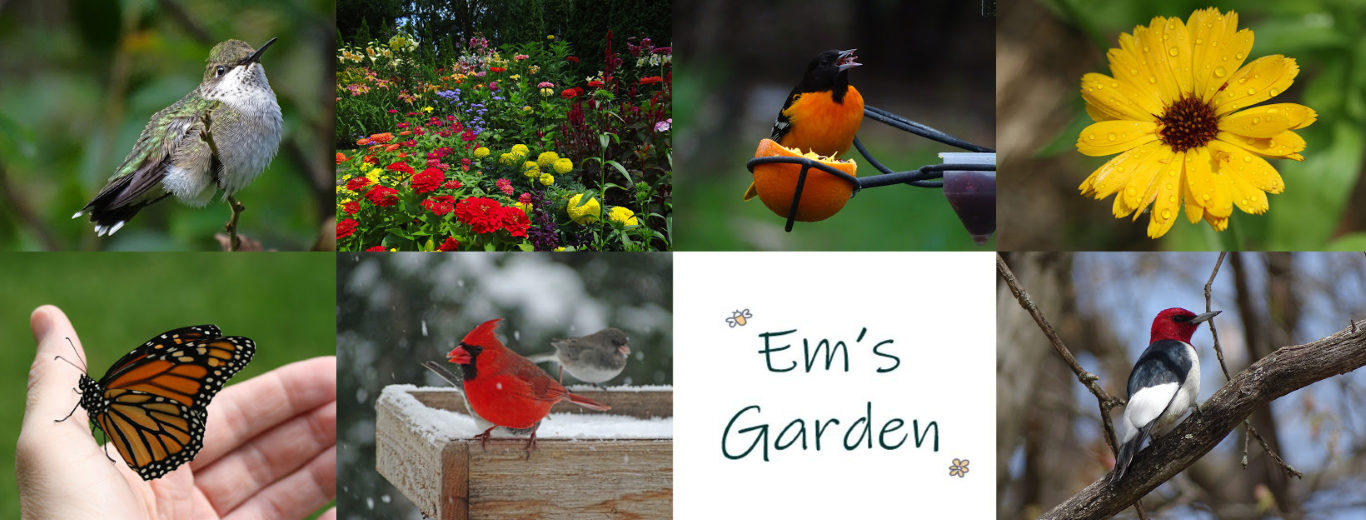For the first time ever I was able to lure Baltimore Orioles to my feeders this spring with orange halves. I’m sure grape jelly would’ve worked too, but I couldn’t find the little cup that attaches to my feeder poles in time. When the migrating birds are moving through, sometimes I only get to enjoy them for a day or two. This year the birds caught me off guard because they arrived so late and I had pretty much already given up on them.
I also got to see my first oriole nest. It’s a crazy thing of beauty. A pair of birds nested over the path in a little nature preserve just outside of our city limits this summer.
The female weaves the nest with grass and hair and whatever smallish fibers she can find. Orioles often hang their nests from the very ends of delicate branches in order to thwart enemies. The nest that my friend and I discovered was hanging from the thin, bendy branches of a large silver maple. You’d never guess the nest would hold in a strong wind, but hold it did. Here is a photo of the partially-woven nest:
It takes about a week for the female to build her nest. Her clutch usually hold 3 to 7 eggs.
Baltimore Orioles eat fruit, insects and nectar. The males have a strong, beautiful song that can vary from individual to individual and is full of interesting whistles and warbles.
Orioles winter in Central and South America and spend their summer in much of the Eastern United States and Canada. I saw a number of the birds in my yard in mid-May, but then they disappeared. In late June, a beautiful male landed on one of my birdfeeders for just a moment. Perhaps a pair nested in the neighborhood this summer.



